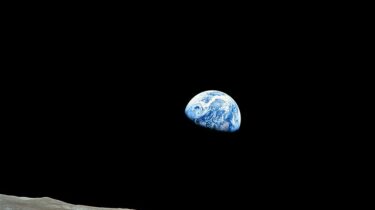The Art of Communication
Written by Sarah Treadwell – BMSIS Science Communication and Education Affiliate. Shock rippled through the space community this past February 6th when it was announced that JPL would be letting go 530 of its employees. Of course, first my heart goes out to people going through such difficult circumstances. However, upon hearing this news, it gave me reminiscent feelings of a reaction to a similar shocking announcement; occurring just months before I set sail as an on-board communicator on the […]
Read more

